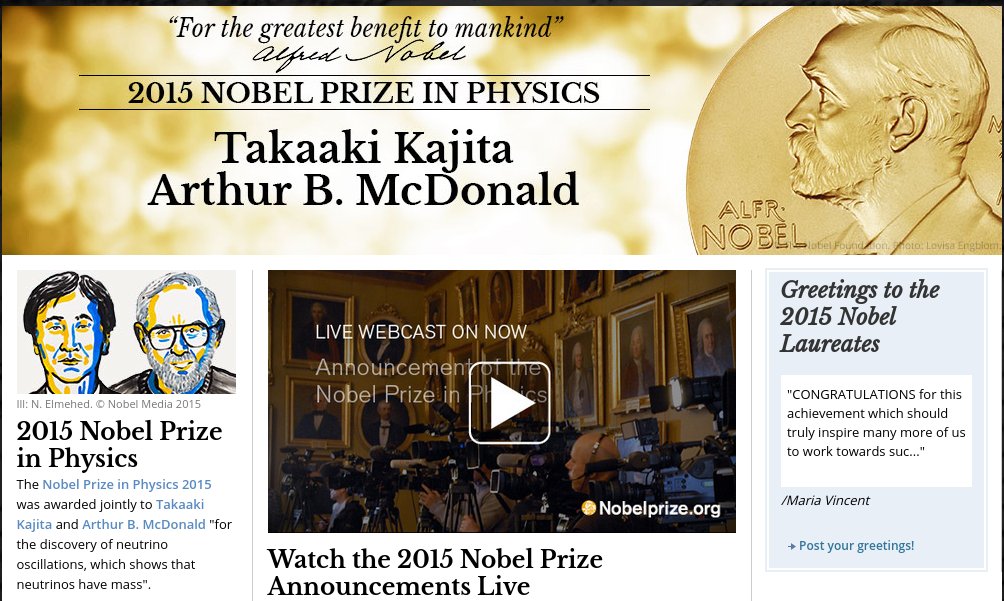It’s been a while since I’ve jotted any thoughts on my research. Although I promised myself no physics after 5 pm on Friday’s, I figured **writing** about physics is maybe somewhat exempt from that pledge. Besides, I get thoughtful when it gets late.
The Value of the Rare
I’ve spent the last seven years of my life digging deep into the rarest workings of nature. As a graduate student, I made it my obsession to search for a missing piece of the Standard Model. Working at the BaBar experiment, I had at my disposal an unprecedented sample of B mesons. B mesons are hydrogen-like arrangements of a heavy quark, a bottom, and a light quark, an up (in this case). This wealth of Bs, coupled with the unbeatable precision and design of the BaBar particle detector, allowed me to look for the production of a heavy tau particle, and its little tau neutrino partner. Seems simple – the bottom and up quark colliding, annihilating, and producting the heavy tau and its neutrino from the heat of impact – but nobody ever saw it. With BaBar, the challenges of the tau – short-lived and producing many neutrinos that go undetected by the particle trackers – became manageable. As an experiment, we’ve gone from seeing nothing to seeing the most tantalizing hint of this decay. BaBar observes this previously undiscovered gem of the Standard Model occurring in about 0.012% of all possible things into which B mesons can decay. That is, for about every 8500 B mesons produced by the experiment, we think that 1 of those will fall apart into the tau and tau neutrino.
Who cares? I mean, really: who the hell cares whether this happens? B mesons haven’t existed “naturally” in the universe since about a millionth of a second after the Big Bang. They play no large role in the current, cold universe. Humans can produce them in about 3 places on Earth – SLAC, KEK (Japan), and Fermilab. We spend many hundreds of millions of dollars to do this, over periods of decades. What is it for?
There are many answers to this question, but the one that matters most to me is the one that bears on the most inspiring questions a human can ask. Why is the universe the way it is? Could it have been different? Given the sum total of all human knowledge about the formation of the universe, why can’t we actually explain the one we live in? How might the universe end? Are there other universes? Just exactly what was the “Big Bang”? Answering these questions is no less than what humans have been trying to do ever since they solved the problems of a dependable food supply and shelter. They inspire us because we feel, deep inside us, a mortal longing to make sense of this place in the short time we can spend in it. There is something powerful about the idea of cracking open another layer of the nutshell that protects the answer to the ultimate question, the one we ask from the moment we can speak: “Why?”
B mesons were there. They were there very close to when time began, and they stuck around for what was really an eternity back then. Living just one millionth of one millionth of a second, they came to be and left their being in vast numbers, one of many mesons formed from the quark soup at the beginning of time. Just as we can tell a lot about a person’s parents by studying their height and weight, habits, hair and eye color, and their genes, we can learn about the parentage of the quarks by studying the mesons and thus the quarks inside. By finding out what came before the quarks, what fundamental principle of nature really forced the quarks into being, we can penetrate deeper into the nutshell of “why”.
Whatever happened to create the universe, it happened before the B mesons came to be. However, like a parent to its child the universe’s creation left an indelible imprint on those mesons – their lifetime, their structure, their decay properties. Just as the radiant microwave energy filling the universe is an imprint of the last moment during which light was trapped in atoms, the structure and behavior of a B meson, even one created in a lab, is like a little taste of the moment after the Big Bang. Its structure, unchanged by time, is a clue to the deeper mysteries of “why”.
Rare decays, like a B meson decaying into a tau and tau neutrino, are pliers pressing on the nutshell. They are so rare, and yet so “easy” to predict with all our current knowledge, that any deviation from what we expect is a crack in the shell, a clue to the lineage of the quarks. One thing that this decay is already beginning to teach us is about mass originated in the universe. Mass wasn’t always there, but it came to be in a moment of crystallization. Where before there was a perfect symmetry in nature, that symmetry was shattered. Like the formation of ice crystals suddenly after disturbing a smooth-walled glass of pure, clear water cooled below freezing, the universe was disturbed and mass crystallized from masslessness. Rare decays of the B tell us about the conditions that would have been possible when that occurred, by teaching us about the Higgs field.
There are many other rare decays that tell us about both the B meson, and the universe before the Bs. The occurrence of a B meson ejecting a photon of light and producing a strange quark teaches us about how quarks move around inside of mesons. This phenomenon is also very sensitive to the Higgs field. Like its tau and neutrino counterpart, this rare decay contains echoes of the moment in which the masslessness was broken and crystallized into mass.
We as a society seem to spend so much money on destroying things. We put tens of thousands of dollars into gas guzzling cars, models of bad engineering, that corrupt the air we breathe. We spend millions to operate out-dated and sub-modern power plants, which daily ooze unthinkable volumes of pollutants into the air, the water, the land. We spend billions on wars that turn out to be fought for all the wrong reasons. I find it comforting, as a citizen scientist, to know that we occasionally spend a few million dollars on a cure for a rare disease. I find it inspiring that we occasionally spend a few million dollars on an alternative power source that can add to the greening of our lives. I find it spiritually fulfilling to know that we occasionally spend a few million dollars to answer the question, “Why?” But one should never forget that “why” is one tough nut to crack.
Powered by ScribeFire.



